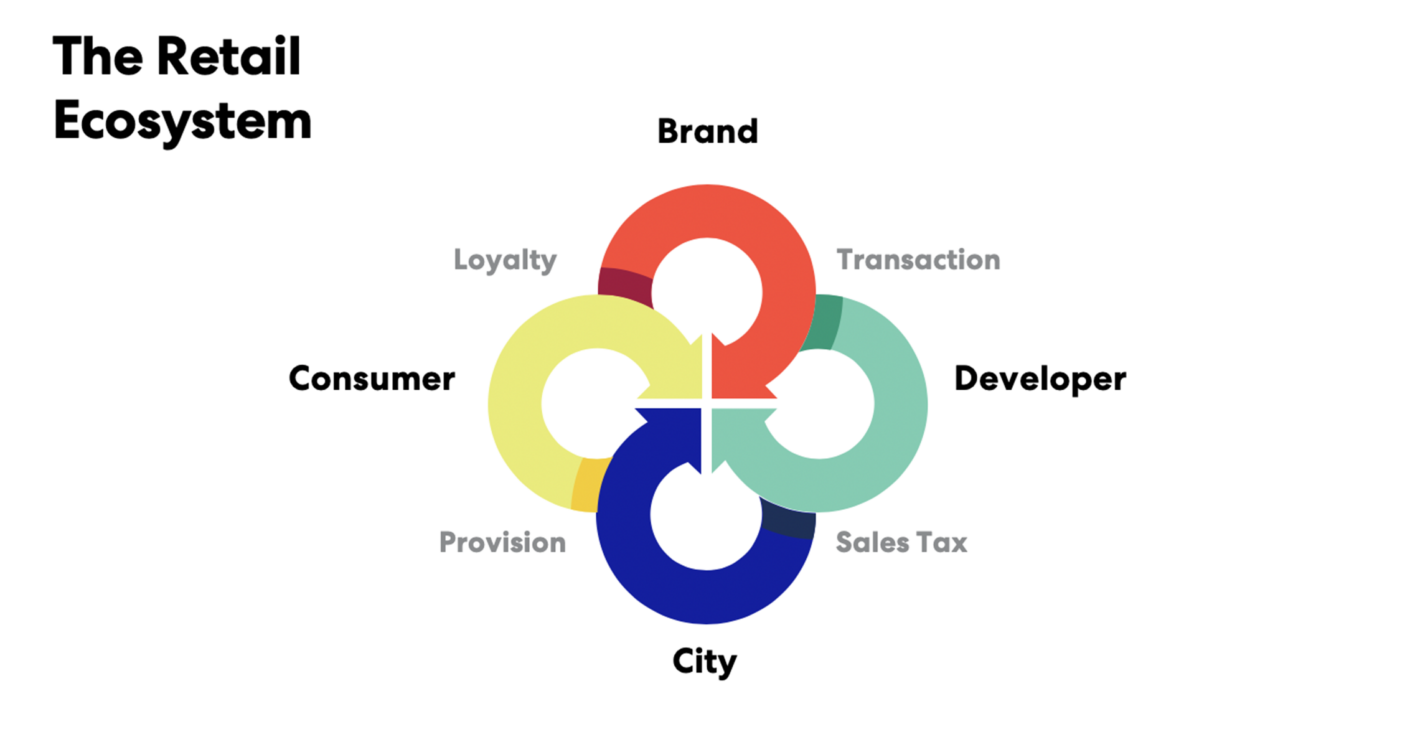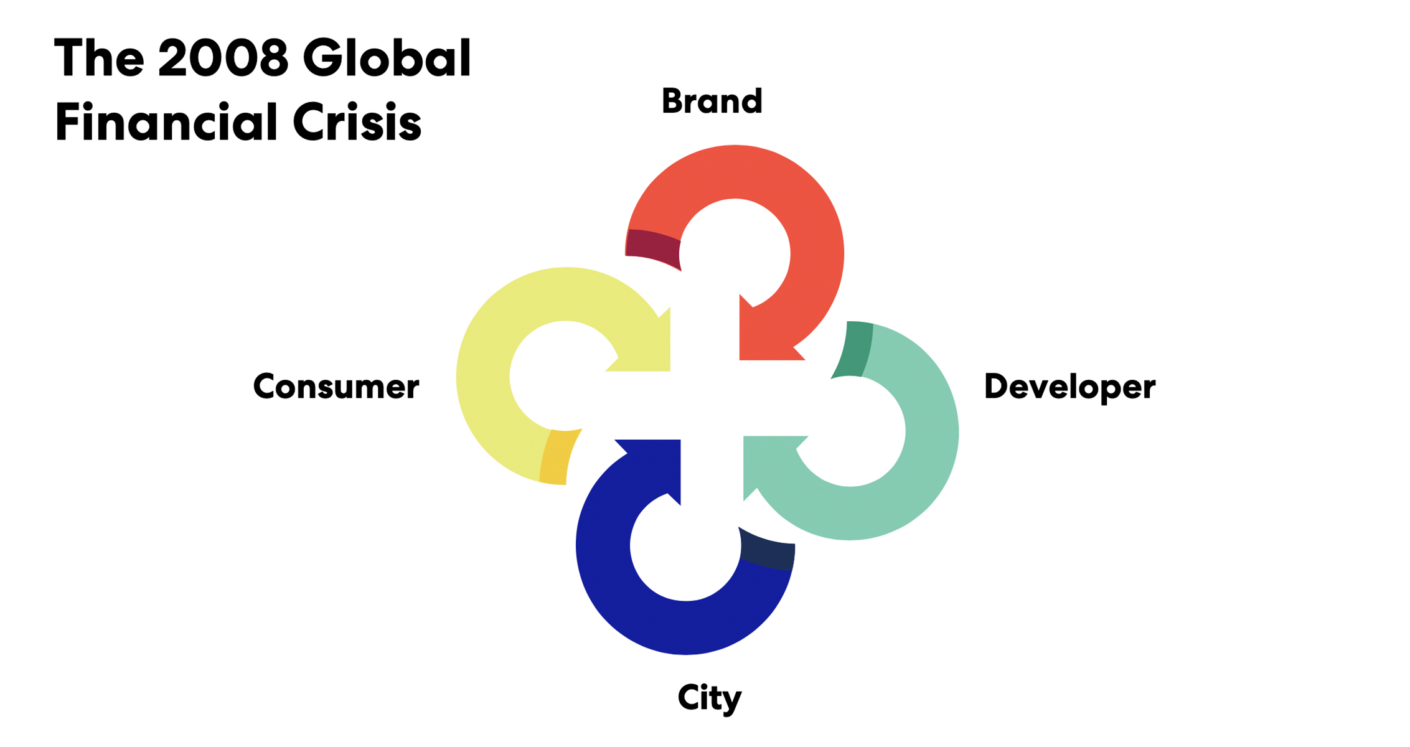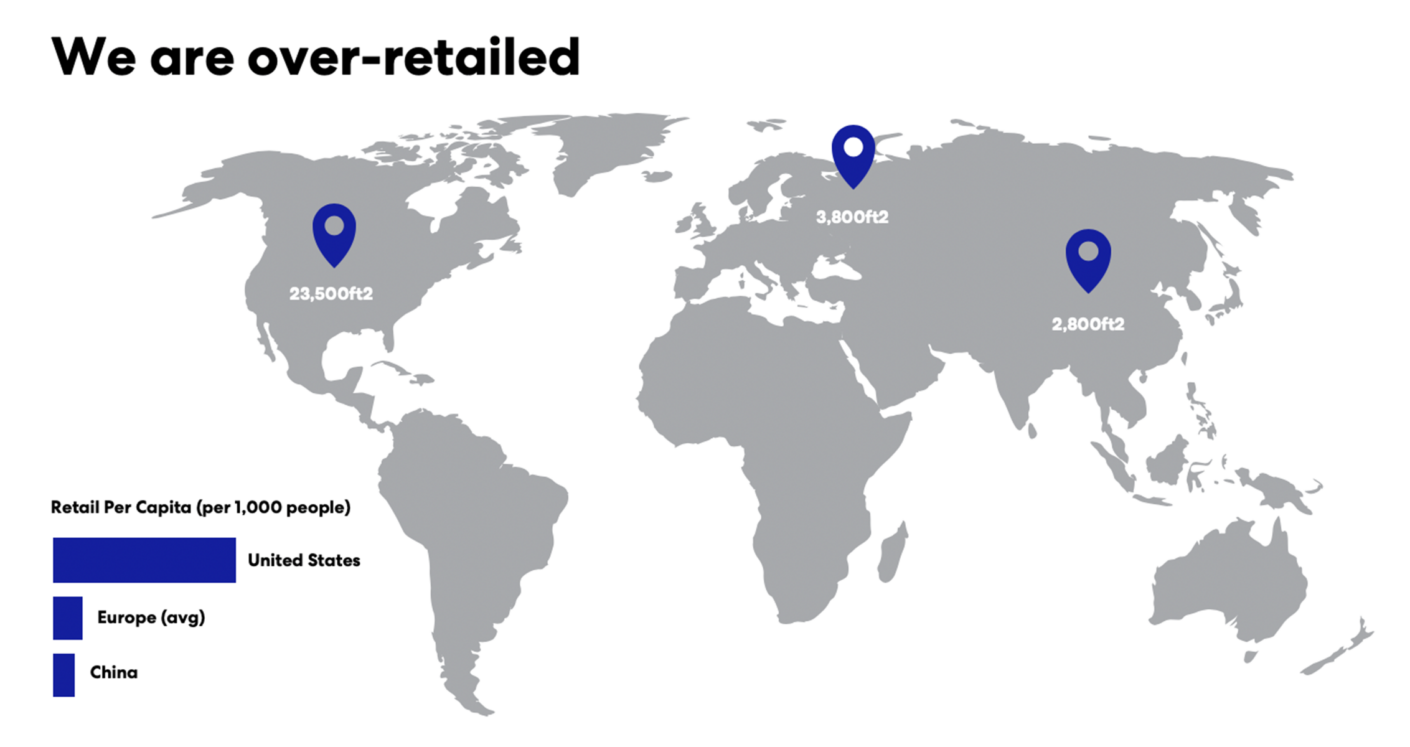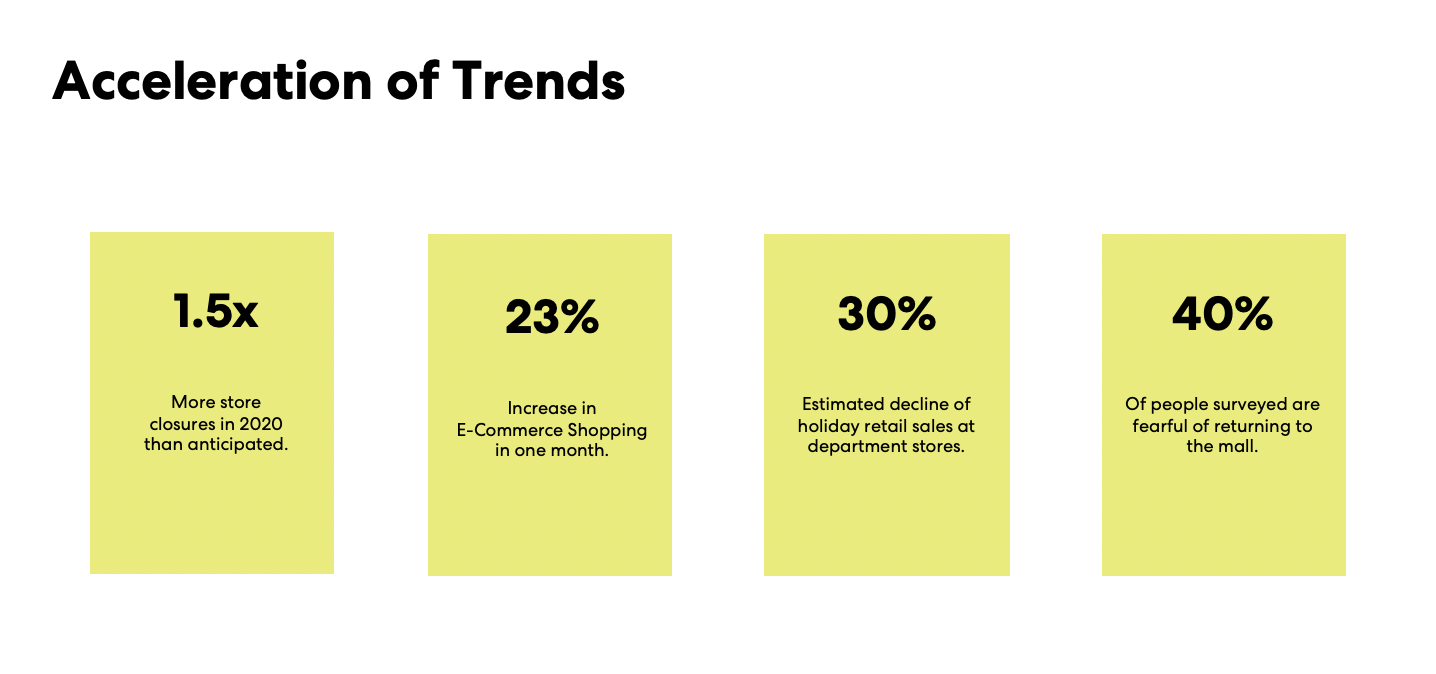Revitalize and Reintegrate
Thousands of acres, millions of square feet—spread out among regional malls, urban malls, strip malls, and neighborhood town centers. With the inevitable retail vacancies and disrepair, we will have the opportunity to fast-track moves we need to make anyway. These shifts, which have been developing for some time, include a renewed focus on revitalization; an emphasis on hyper-localization; and the transformation of dead assets into supportive housing, libraries, and recreation facilities. By building on existing momentum, we can contribute to the revitalization of our cities.
Return to the City Streets
Numerous retailers are already talking about ditching the mall in light of the pandemic. Concerns over safety in enclosed spaces has sparked renewed interest in open-air city spaces. What were high streets will have the opportunity to become our streets—places for everyone. With equity, incubation, and resilience in mind, we can thoughtfully and strategically fill these vacancies to activate our city streets.
Spatial Agility and Flexibility
We’ve already seen in the response stage of this global pandemic how nimble we can be with real estate. Now, more than ever before, we need to design with spatial agility and flexibility. What is one use today needs to be another tomorrow. From medical office buildings, cultural facilities, housing, or any number of other places of gathering, the more flexible our design solutions are, the more resilient our retail places will be.
As stewards of the built environment—and ultimately, its impact on occupants—we have an opportunity to change our perspective. Innovation is often born from crisis. Let’s evolve how we think about retail and its role in our society. Let’s not miss the chance to re-envision retail and return its purpose to what it does best—being that cultural glue that binds our cities together.




